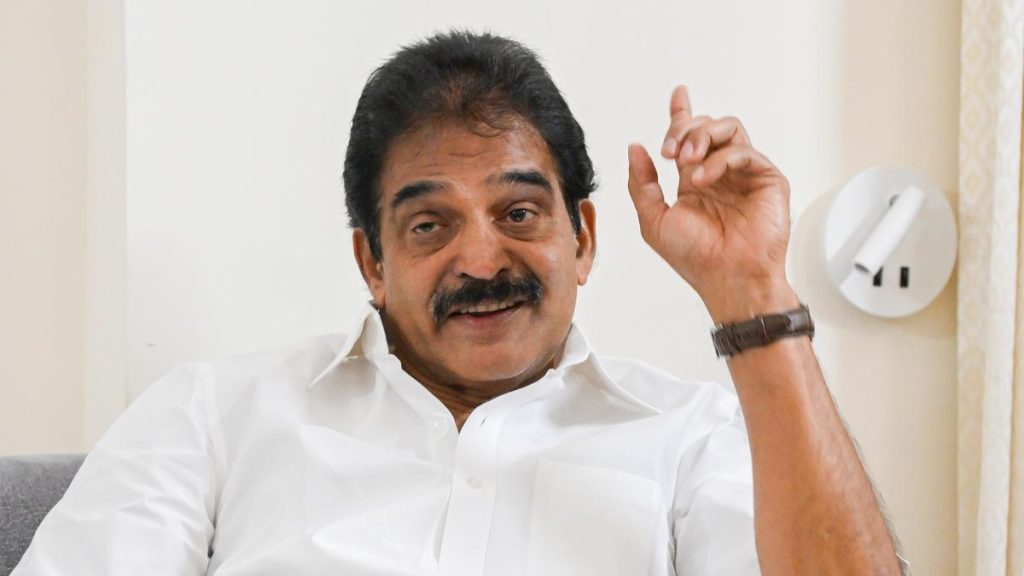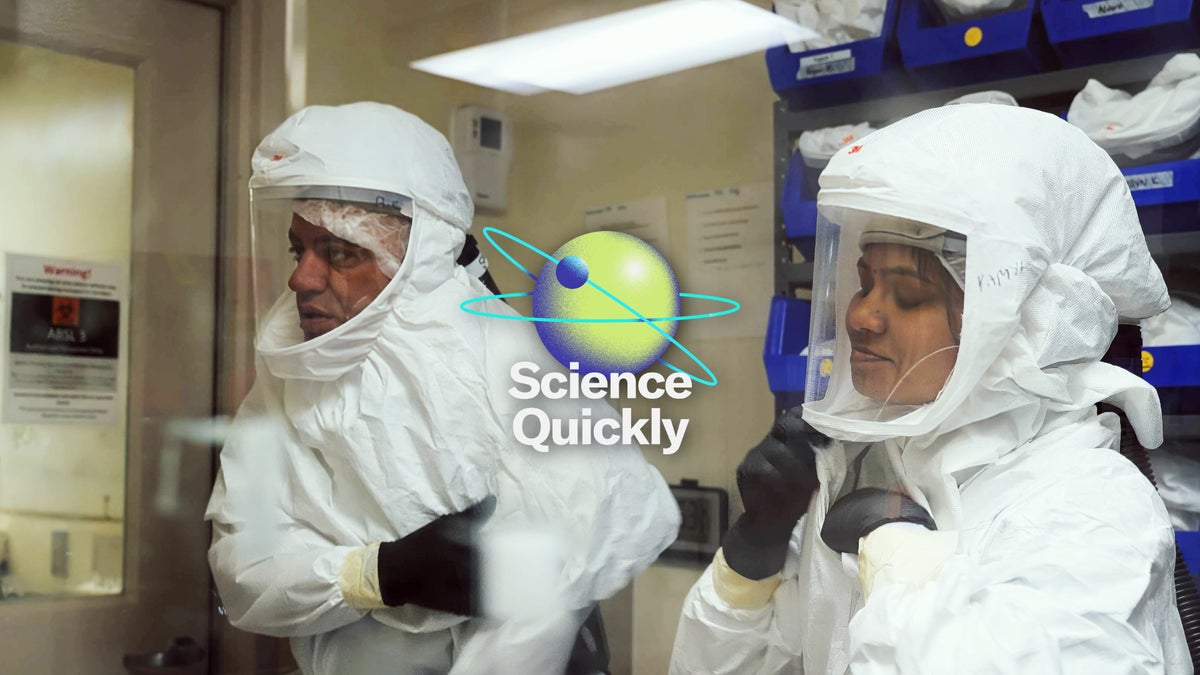Now Reading: Can ChatGPT Really Impact Your Brain Activity?
-
01
Can ChatGPT Really Impact Your Brain Activity?
Can ChatGPT Really Impact Your Brain Activity?

Quick Summary:
- A recent study by Nataliya Kosmyna and colleagues at MIT Media Lab examined brain activity in university students while writing essays using ChatGPT, Google search tools, or no online tools.
- The study revealed that students using ChatGPT displayed the lowest levels of brain connectivity during the task compared to those who relied solely on their own cognitive resources.
- Participants initially using ChatGPT exhibited lower brain engagement even after transitioning to essay writing without AI tools. Though, switching from no AI tools to chatbot assistance increased brain connectivity.
- The research involved 60 participants aged 18-39 across three writing groups, with EEG data collected via electrode caps measuring voltage changes linked to neural activity.
- Brain activity varied among groups:
– No Tools: Strongest and widest-ranging connectivity tied to decision-making and cognitive engagement.
– Google: Heightened activation in visual processing and memory areas.
– Chatbot: Lowest overall connectivity during essay creation tasks.
- Findings suggested potential implications for creativity mechanisms, though limits in sample size (54 participants initially; 18 reassigned) highlighted uncertainties.
- Experts cautioned against overinterpreting results due to the small scale of the study and acknowledged other possible variables impacting observed outcomes.
Indian Opinion Analysis:
This study provides valuable insight into how artificial intelligence use may shape cognitive engagement but remains preliminary due to its limited scope and sample size. For India, where AI adoption is increasing across education systems, such findings amplify critical questions about balancing innovation with preserving core creativity-driven learning practices. As India’s educational institutions explore integrating chatbots as personalized tutors or aides for learners, understanding “when” and “how” these technologies are introduced could be key in avoiding dependency that might stifle long-term creative aptitudes.
Moreover, given India’s vast diversity in access levels-ranging from tech-rich metropolitan schools to under-resourced rural areas-the implications of such findings may vary substantially based on context. Policymakers must tread cautiously by promoting thoughtful implementation strategies customized for local needs while encouraging further robust research within Indian demographics before wide-scale application.
Read More: https://www.scientificamerican.com/article/does-using-chatgpt-really-change-your-brain-activity/
























